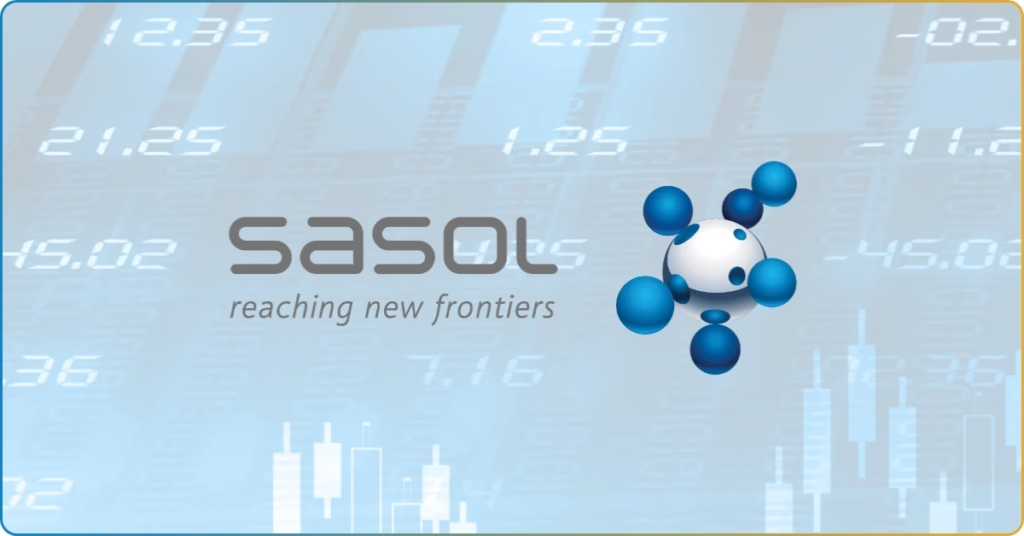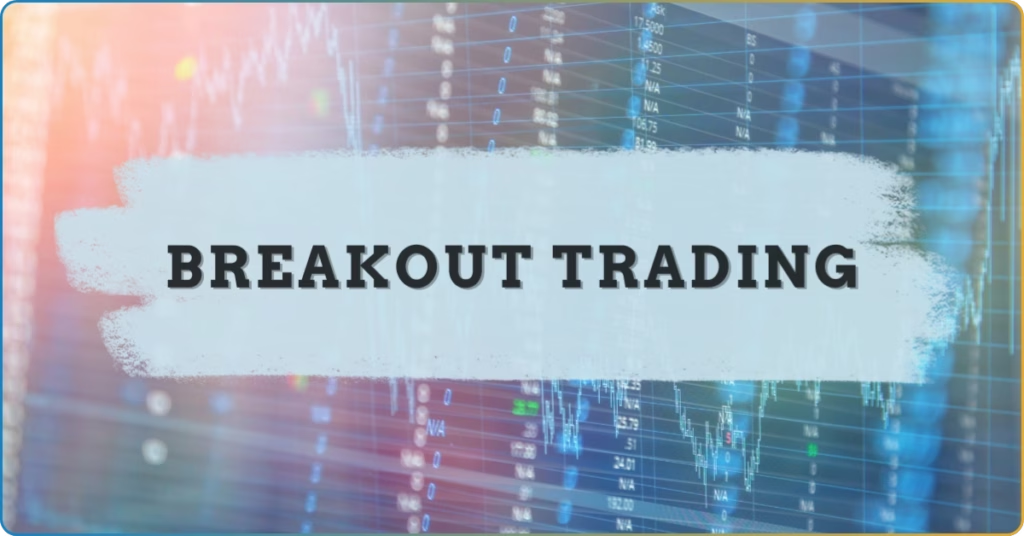There’s no pro tip when trading forex – position your trade just right and you can watch your position gain some pips.
But how can one know the right position to take?
One straightforward way to do it is by analyzing forex chart patterns. Such patterns reveal how market participants react to the price action.
Head and Shoulders pattern is one of the widely analyzed patterns in forex – it’s easy to spot, analyze, and actionable.
Wondering how to effectively use the Head and Shoulders pattern for your next trade? This TRU insight walks you through the basics of the Head and Shoulder pattern and the best practices to profit from the market using this pattern.
Why Should You Monitor Chart Patterns?
Chart patterns are among the widely used technical indicators in the forex market.
With such patterns, you have a visual reference of how the price moved, is moving, and will potentially move. In other words, it allows you to understand and better analyze the asset price action.
Only when you understand the chart patterns can you interpret the market psychology and identify the potential price movement.
If the pattern indicates immense buying pressure amidst a depreciation market, it signals a potential bullish reversal. It presents entry opportunities for the buyer and exit for sellers.
On the flip side, an appreciating market that forms selling pressure suggests otherwise—the price will decline after an extended uptrend.
A Chart Pattern by Itself Is Dispensable
This is the very thing you must remember when you trade any chart pattern.
While chart patterns offer great reference on the potential price movement, treating them as an ultimate indicator is detrimental. With tons of market drivers, implementing a multi-indicator approach allows you to see the bigger picture.
Indicators like support and resistance can be used to confirm reversal if the price has been retesting the key S/R levels.
Oscillators are helpful to gauge the relative strength of the trend, it indicates an oversold (undervalued) or overbought (overvalued) market, which signals reversal.
What Is Head and Shoulders Pattern in Forex?
When the market forms a head and shoulders pattern, you can expect the price to reverse. It could be bullish or bearish, depending on the trend in which this pattern formed.
The subsequent formation of its three major parts suggests that shifting market behavior. Contextually, the price retested the key support and resistance levels three times before it completely reversed the trend.
Here’s what exactly happened to the market during this pattern formation:
| 1st Event | After an extended uptrend, the price peaked and subsequently declined to trough. |
| 2nd Event | After forming a trough, the price bounced up and formed another peak. Subsequently, it will decline again. |
| 3rd Event | The price hits the trough and bounces up yet again. It will reach level the first peak, decline, and break out from the trough. |
The Major Parts of Head and Shoulders
As its name suggests, the head and shoulders pattern is comprised of three major parts – the two shoulders and the head.
If one of these parts fails to form, the pattern will be invalid.
Shoulders
Also known as the outside peaks, the ‘shoulders’ in this pattern are the first and third peaks. These two peaks are close in height.
The valleys these two shoulders make are crucial as they provide you regarding the trend’s significant support level.
How? You connect the lowest points of the two troughs—and you’ll have your neckline. The neckline acts as the trend’s support level because the price failed to trade lower these levels.
The pattern is confirmed only when the price breaks this neckline (support level). However, remember that a single pattern is insufficient to trade a signal. It’s best to use multiple indicators to supplement your analysis and ask the community to verify the signal.
Note: Since the head and shoulders pattern is a bearish reversal signal, a downward slope is considered a more reliable signal.
Head
The head is the highest peak among the three points – it’s in the center of the shoulders; thus, it’s called the head.
This is the highest point at which the price will trade. If either of the first and second peaks is higher than the second peak, then you’re not looking at the head and shoulders pattern.
The head SHOULD always be higher than the first and third peaks.
Confirm Using Volume
Again, no trading pattern should be treated as the ultimate indicator. Your analysis should be supplemented by other technical indicators to confirm the reversal signal.
One technical indicator you can use for head and shoulders trading is the market volume. This accurately shows how active the market is.
When you analyze this pattern, you’ll often see the volume decline as the price moves towards the head and when the price rebounds when forming the right shoulder. This decrease in volume represents the waning market confidence.















